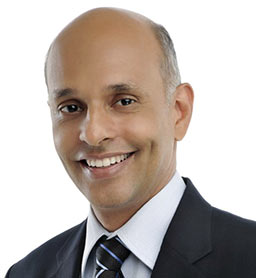 Reports on the ADI Team Congress 2011
Reports on the ADI Team Congress 2011
Thursday 14 - Friday 15 April
Manchester Central Convention Complex
Petersfield, Manchester M2 3GX

Management of the alveolar socket
Speaker: Professor Mauricio Araujo DDS MSc PhD
Reported by Mark Diamond

Cone beam scan research of buccal alveolar bone thickness on upper 1,2,3 at 1,3,5mm above bone crest showed only 15% of walls were thicker than 1mm and the average thickness was 0.5mm. Bundle bone is 0.4mm thick so this marginal bone will disappear.
Socket healing was then discussed, as was research by Prof Lindhe in Beagle dogs showing loss of buccal bone height with loss of this thin marginal bone. He showed that with flap or flapless surgery you still lose this thin marginal bone. With remodelling osteoblastic and osteoclastic activity this equates to about 2mm loss of buccal bone height meaning possible discoloration or crown lengthening.
He then showed how use of biomaterials (bovine derived) does not prevent loss of this marginal bone but at 6 months post grafting compensated for ridge reduction showing preservation of bone height and thicker mucosa compared to non grafted defects.
In summary – there is lots of long-term research to show that bovine bone can support the healing socket with or without simultaneous implant placement. If there is a thin marginal buccal bone wall it may be the best treatment to maintain existing soft tissue heights.![]()
